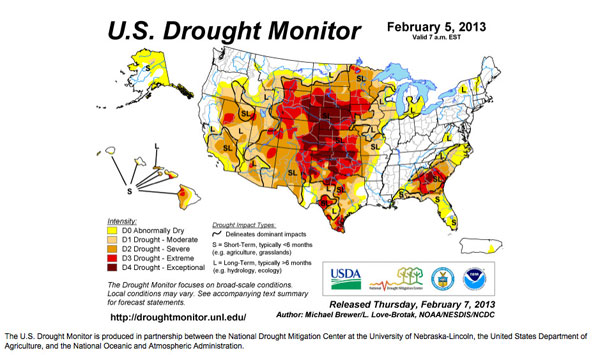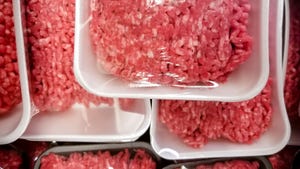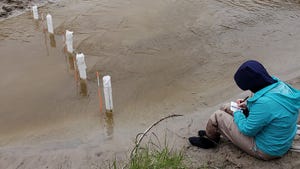Weather Forecast: Good, Bad And Ugly
U.S. weather patterns are in transition and that means some will get good rains, some will get a little rain, and some won’t get very much at all.

The news is not good for California’s surfer dudes. For that matter, it’s not good for a lot of cattlemen, either. Indeed, cold water in the Pacific off California’s storied beaches will send shivers down the spine of surfer dudes and cattlemen alike, but for totally different reasons.
The water in the Pacific Ocean off the West Coast is turning cold, says CattleFax weatherman Art Douglas. “We know that as soon as the Eastern Pacific starts turning cold, especially off California, precipitation starts dropping,” he says.
“More importantly, we know that when we have that very cold water from California toward Hawaii, it concentrates the drought in the Plains, especially the Central Plains – Nebraska and Kansas. It tugs it out of the eastern Corn Belt and doesn’t allow it to go quite so far south into Texas.” However, he says, precipitation is coming back in the Great Lakes, into the Ohio Valley and Northern Plains, easing the drought in those regions.
And there you have the good, the bad and the ugly of the 2103 spring and summer weather outlook.
Douglas told a packed house at the annual CattleFax Outlook session at last week’s Cattle Industry Convention in Tampa that weather patterns are transitioning from El Niño to La Niña, and that makes long-term outlooks hard to forecast. However, his analysis shows that 2013 is likely to be similar to a number of years in the recent past for weather – 1971, 1999, 2002, 2009 and 2012.
Just what we need – another year like last year.
“The temperature forecast in the U.S. for this spring indicates warm conditions all the way from the Southwest to the Great Lakes, the only coolness will be in the Northwest,” he says. “If we look at precipitation for the spring, the drought is going to concentrate in the Southwestern U.S. – California, Utah, Arizona, New Mexico and Colorado. It looks like precipitation is going to be pretty close to normal in the eastern Corn Belt with above-normal temperatures.”
As spring rolls into summer, the forecast is fairly benign, he says. A high-pressure system in the Central Pacific will dissipate, bringing some relief to South Texas. “The forecast for temperatures in the western U.S. is for well above-normal temperatures running about 2°F above normal. But the Midwest will be relatively normal for temperature, so we’re not going to have a repeat of the severe heat we had last summer,” he says.
“When we look at precipitation, it still looks like we’re going to have problems in the Central Plains, all the way to the Rockies,” he says. “That dryness may work eastward into the Ohio Valley, but given how much rain we’ve had so far in the Ohio Valley and the forecast for a wet spring, I think this is going to be okay. At least for the eastern Corn Belt, we’re not going to have severe problems,” he says.
“Our major problem is going to the Central Plains, especially Kansas, Eastern Colorado, Nebraska, moving probably into Iowa and South Dakota,” Douglas says.
About the Author(s)
You May Also Like



